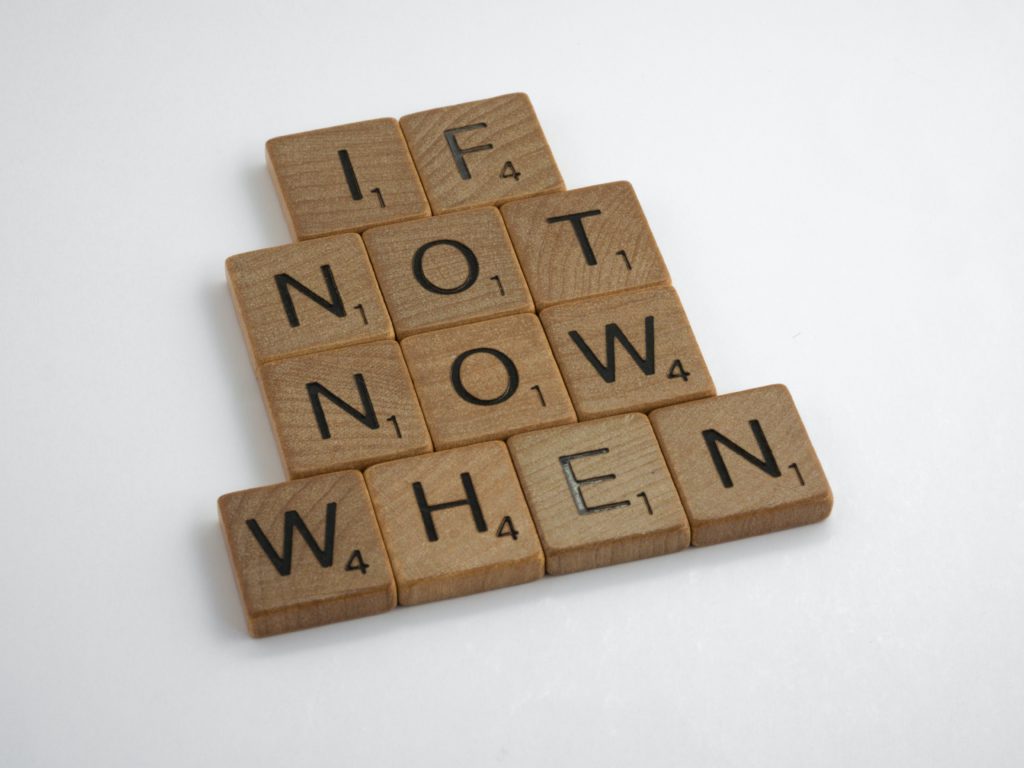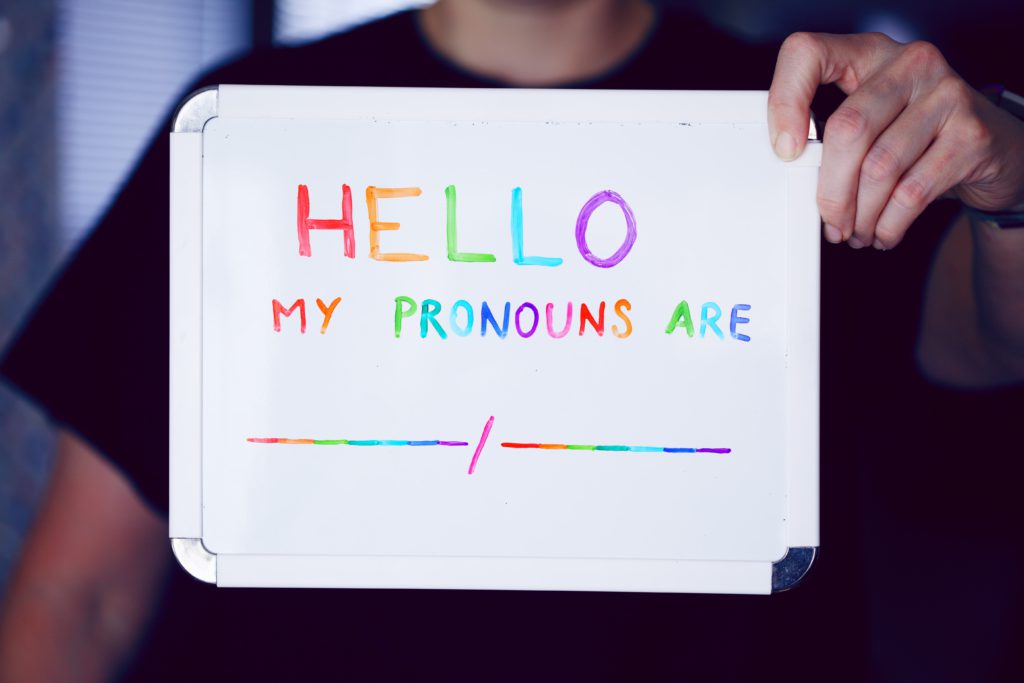Marketing to Modern Consumers
The Dynamic Relationship Between Linguistic Culture and Marketing
Language, like culture, is not a fixed situation. It is constantly evolving and changing, a dynamic process between individuals and collectives, media, and modern consumers. Language used to evolve slowly, but the fast pace of the internet has sped up the process.
New communication technologies have always aided and affected the evolution of language. The modern ability to post and share information instantly means that we are adopting new words more quickly than ever before. Linguistic evolution is happening rapidly.
We are watching it happen in real time. Media and marketing must keep up.

Crafting marketing messages has always required thought, skill, and creativity. Today’s marketers need to choose their messages, their language, and medium with a sharp eye and strategic plan if they want to be heard over the din of the internet.
YOLO & Other Acronyms
It’s not just the way language is being used, but also the actual language itself that is different in modern-day marketing. Imagine a print advertisement from the 1800s with paragraphs of flowery words. Today, a brand could show an image or quick video clip of their product or service and then slap on the acronym YOLO. People will get it.
Acronyms, new phrases and trending slang spread at a viral rate. As a result, modern consumers are familiar with an entirely new set of lingo. Embracing and using new words and phrases in messaging shows that a brand is up to speed. When brands uses such lingo appropriately and authentically, it can help them connect with their target audience.
Another important modern consideration is to show the associated lifestyle versus simply the product.
These days, to be and market a brand, it’s more about an experience or lifestyle, and less about a product.
Since most people are now media producers as well as media consumers, many tend to have at least a basic understanding of marketing concepts. As a result, they want to feel involved in and empowered by the process with language and media that relates to them. They won’t be tricked by tired old marketing tactics.
Inclusivity: A Modern Must
Language for marketing, and language in general, must be inclusive in order to connect to the modern consumer. Brands should prepare to change their language rapidly as more people are more widely heard in defining their own identities.
In referring to the “modern consumer,” we mean all modern consumers—all genders, ethnicities, and identities.

Customers are holding brands to a higher standard of inclusive language, and as more women, BIPOC, and LGBTQI people have access to leadership positions and create media and public knowledge. The voices that are gaining strength in public spaces and are affecting evolving language as well.
There are so many mediums, platforms, and channels available—instant messaging, email, blogs, 140-character tweets, and online newsletters, to name a few. While there may be some variation in how they are used, they all share a need for fast, fresh and up-to-date language.
We are bombarded with constant messaging and our attention spans are disappearing too quickly for anything less than rapid absorption of media.
Memory Competition: You, or a Goldfish?
A 2014 study by Media Dynamics concluded that the average adult sees 360 ads per day across all the media they consume, from TV, radio and internet to newspapers and magazines. Out of those 350+ ads, people only truly notice around 150-155. Far less than that make an actual lasting impression or move the consumer to take action.
There is questionable research from Microsoft out of Canada that claims the average attention span in adults had fallen from 12 to 8 seconds in the past two decades. Apparently, this is less than a goldfish. A lot of other research contradicts this information, but perhaps too late. Many people read it in places such as Time magazine and other reputable sources, and it resonated. We believe we are losing attention, and as such, marketers are pushing faster and shorter ads upon us.
Fresh, Fast, & Engaging
Modern consumers need marketing that is sharp, clever, and filled with visual imagery and quick scene changes. Language should be current, witty and intriguing, and never cliche. (Really, never). Even as our brains may be evolving to keep up with technology, roboticized junk content is unsustainable as a marketing tool.
Brands must share their passion and recognize their customers’ needs.

And even as it is fast-paced, modern marketing also needs to invoke a conversation. Modern consumers don’t just want to be talked at, they want to be involved through compelling language and media that educates and informs. People want more from retailers than products; they want experiences that validate their decisions.
Consumers today require helpful guidance. When a brand takes the time to provide that–they appreciate it and respect your mission.
We certainly do!
Interested in connecting with the modern producers? Discover them all on our platform.



